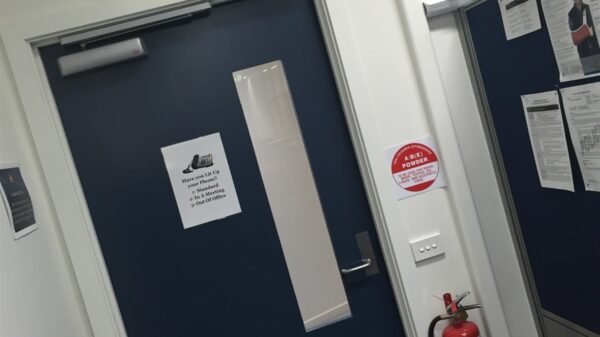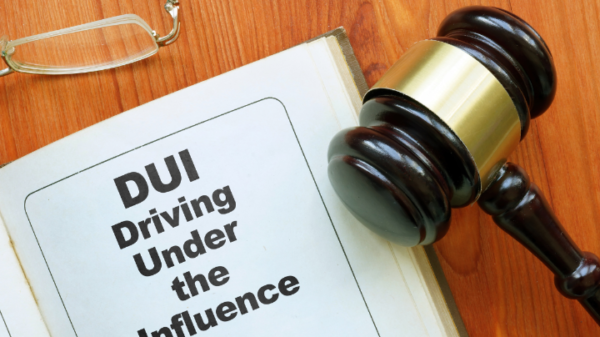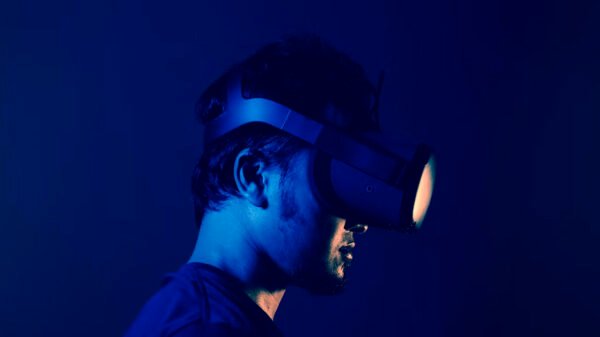The Pfizer COVID-19 vaccine was approved for use just one year after the virus was first identified.
That’s an incredibly fast turnaround, and was only made possible thanks to global cooperation and a fast track process made necessary by the highly contagious virus.
For most medications, however, the clinical trial process takes many, many years, and goes through a number of phases. Many products never make it beyond the first phase, and few make it to the final phase.
If you want to learn more, then read on as we take a closer look at the different clinical trials phases.
What is a Clinical Trial?
Clinical trials are a way of testing new medications to ensure that they are safe for human use, as well as confirming that they actually do what they are intended to do.
Potential new products must pass through all the phases of clinical trials if they want to make it to market. If they fail to pass any of the phases of clinical trials, the products will never reach the public domain.
Each phase is more rigorous than the last to ensure that nothing gets through the process that shouldn’t.
Phase 0
Why would clinical trials start with Phase 0 rather than Phase I?
Well, the reason is that Phase 0 was only introduced in 2007. Prior to that date, all clinical trials began at Phase I. The introduction of Phase 0 was to try to help speed up the process, because the trials process was getting clogged up, meaning that few new drugs were getting to market.
Phase 0 involves testing a microdose of a new treatment in order to determine whether a new drug behaves the way it should. The dose is too small to have any therapeutic effect; the trial is merely trying to determine whether the drug enters the bloodstream correctly, or whether it interacts the way it should.
By introducing Phase 0 trials, which are usually done on 15 or fewer people, it’s easy to quickly weed out those products that don’t work as expected and ensure that only products that have the potential to offer a therapeutic benefit continue to the later phases.
Phase I
Phase 1 trials attempt to determine how much of the new drug is safe to take.
With a cohort of anything between 20 to 80 people, the dosage is slowly increased and any side effects noted. If a dosage produces only minimal side effects, or side effects that are acceptable in comparison with the potential therapeutic benefit of the drug, then the dose is increased a little.
Over time, Phase 1 trials are able to determine the dose that is most likely to be effective without producing unacceptable side effects.
A Phase 1 clinical trial is often the most risky part of the clinical trials process, since its purpose it to discover the highest safe dose. If a product produces unacceptable side effects at a dose that would not be effective, then it will not pass on to Phase 2. Around 30% of new drugs won’t make it past this phase.
Phase II
A Phase 2 clinical trial studies the impact of the safe dose discovered in Phase 1.
This phase will usually involve several hundred people who suffer with the condition that the new medication is intended to treat. These patients will be monitored for anything from a few months up to a number of years to gauge their reaction to the medication, to see how effective it is at treating their condition, and to learn more about any side effects.
Around 66% of drugs won’t make it past this phase.
Phase III
A Phase 3 clinical trial compares the new drug to those already on the market.
It involves a larger group again, usually made up of several thousand people. Some receive the current best drug, and some receive the drug on trial. This is most often done following a double-blind process, meaning that the patients don’t know which drug they are getting, and neither do the scientists. This is to ensure that the results aren’t impacted by expectations.
Scientists will use a clinical trials supply to source comparator drugs which are drugs on the market that offer a similar therapeutic outcome to the drug that is on trial.
If the new drug is not as effective as the comparator drug then it won’t move to Phase 4. Around 75% of drugs won’t make it past Phase 3.
Phase IV
Phase 4 clinical trials are the final phase of the process.
These trials will only take place once the drug has been approved as safe to use for the general public. Phase 4 will involve using the newly-approved drug with thousands of patients over a number of years and keeping track of the outcomes and long-term side effects.
The intent is to measure both the safety and efficacy of the new drug over a period of many years. If long-term side effects are discovered, then the drug may be removed from the market.
Now You Know All About Clinical Trials Phases
Now that you’ve learned all about the different clinical trials phases, hopefully you have a better understanding of exactly what it takes to get a new medication to market. As you can see, it’s a lengthy process, but this is understandable considering that patient safety is the ultimate concern.
Next time you use some medication, maybe you’ll stop and think about the lengthy clinical trial process that it’s gone through to get into your hands.
If you’re looking for more great content just like this, then please be sure to check out the rest of the site.





























































